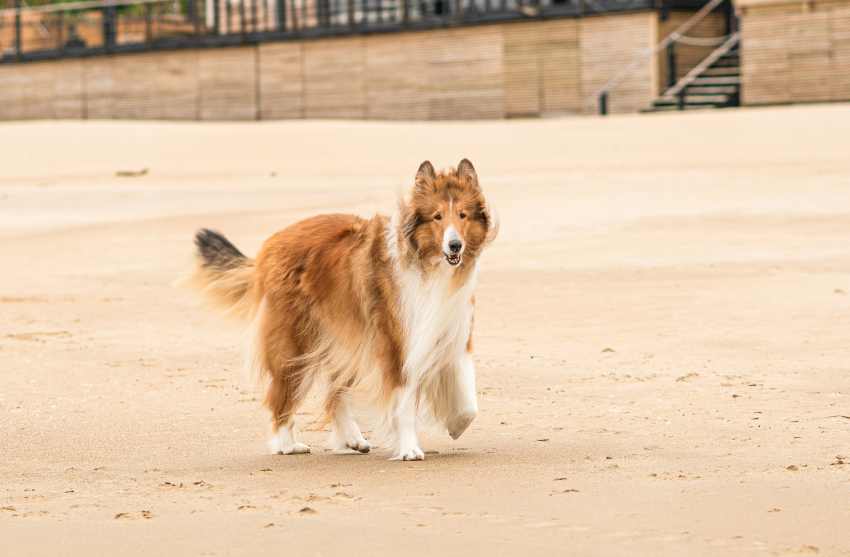Training your dog to come when called is not just a matter of convenience; it’s a crucial command that can potentially save your pet’s life. Whether in the park, at home, or on a walk, having a reliable recall can prevent accidents and keep your furry friend safe.
In this guide, we’ll explore practical techniques to train your dog to come on command.
Start Early and Be Consistent:
Begin training your dog as soon as possible, ideally when they’re still a puppy. Consistency is key; use the same command every time, whether it’s “come,” “here,” or any other word you choose. Stick to one command to avoid confusing your pet.
Positive Reinforcement:
Dogs respond best to positive reinforcement. Use treats, praise, and affection to reward your dog every time they come when called. Make the experience enjoyable, and they’ll be more motivated to respond to your command.
Related article: Homemade Dog Treats Are Cost-Effective, Quick and Easy to Make

Use a Long Line:
When you start to train your dog to come on command, use a long training leash to prevent your dog from wandering off when practicing the recall command in an open area. This gives you control while giving your dog the freedom to move.
Practice in Controlled Environments:
Begin training in a quiet, distraction-free environment such as your backyard. Gradually increase the level of distraction as your dog becomes more reliable in responding to the command. This could include practicing in different locations or around other dogs.
Keep Sessions Short and Fun:
Dogs have short attention spans, so keep training sessions brief and enjoyable. Aim for multiple short sessions throughout the day rather than one long session. End each session on a positive note to keep your dog eager for the next training session.
Avoid Punishment:
Never punish your dog for not coming when called. This can create fear or anxiety, making it less likely for them to respond in the future. Instead, remain patient and persistent in your training efforts.
Use Distraction Techniques:
If your dog hesitates to come when called, try distraction techniques such as making exciting noises or running away from them. This can pique their curiosity and encourage them to follow you.
Gradually Remove Treats:
Once your dog consistently responds to the recall command, gradually decrease the frequency of treats while still praising and rewarding them intermittently. This helps ensure your dog responds reliably even without the promise of a treat.
Proofing the Command:
Practice the recall command in various situations and environments to “proof” it. This means ensuring that your dog responds regardless of distractions or distance. Practice in different locations, with other people, and in varying situations to reinforce the command’s reliability.
Be Patient and Persistent:
Training your dog to come on command takes time and patience. Every dog learns at their own pace, so be patient and consistent in your training efforts. Celebrate each small success along the way, and remember that building a solid recall is a lifelong process.
Train Your Dog to Come on Command Conclusion:
Training your dog to come when called is one of the most essential commands you can teach them. By using positive reinforcement, consistency, and patience, you can help your dog master the recall command and ensure their safety and well-being in any situation. So, start training today, and enjoy the peace of mind that comes with knowing your furry companion will always come when called.
Positive reinforcement training for dogs represents a compassionate and successful method that has revolutionized our approach to educating and engaging with our beloved canine companions. Through its focus on positive experiences and the reinforcement of desired behaviors, this approach not only molds obedient and well-behaved dogs but also deepens the bond between dogs and their human counterparts.
As our comprehension of animal behavior advances, positive reinforcement serves as a testament to the significance of kindness and empathy in nurturing a harmonious relationship between humans and their devoted animal companions.
Discover one of the top positive reinforcement training programs for novice and experienced dog owners – The Online Dog Trainer. Explore how to train your dog to come on command using positive reinforcement by clicking on the banner below – and it’s completely free!


